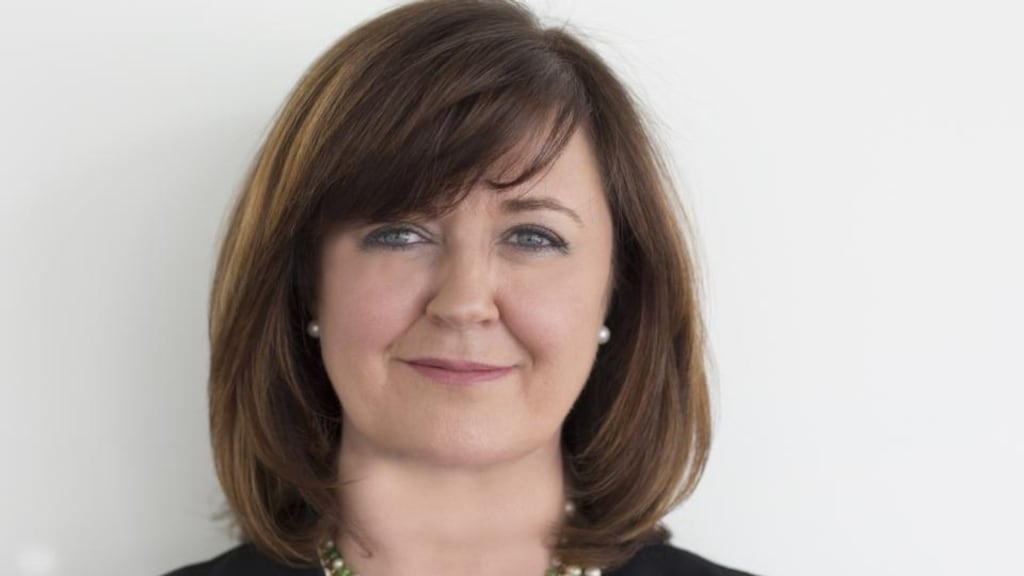RTÉ
has launched a two-year digital strategy as it seeks to keep pace with fast-changing audience behaviour.
The media organisation intends to develop the RTÉ Player beyond its original function as a catch-up service and will also revamp RTÉ.ie.
A new digital strategy board is being set up under the leadership of Múirne Laffan, RTÉ’s managing director of digital, and will advise RTÉ’s executive board on “the appropriate level” of investment in digital activities.
"Competition with major global providers such as Netflix and YouTube for audience's viewing time is intensifying," RTÉ director-general Noel Curran told staff in a document that circulated yesterday.
He said the ultimate aim of a “fluid and responsive” digital strategy was “a fully integrated, digital RTÉ”. The public service media organisation will recruit a head of RTÉ.ie, a newly created position, as part of a restructuring of its operations.
A digital editor of radio, another new role, will be appointed to increase the flow of content from news and current affairs radio shows on to RTÉ’s digital news platforms. 2fm’s online and mobile presence will be expanded.
Visualisation of radio
RTÉ is upgrading its radio studios with fixed multi-camera equipment to allow for greater “visualisation of radio”, including live music performances, with a new “visual leader” appointed to drive such output. “This is about a reallocation of funds within RTÉ, rather than getting new funds,” Ms Laffan said.
RTÉ Digital, formed three years ago out of a division called RTÉ Publishing, has reached the stage where its products and services have become mainstream, she said. While 94 per cent of Irish people use one or more of RTÉ’s services in any given week, almost 50 per cent now use its online or mobile services.
But RTÉ’s digital income still only represents about 9 per cent of its commercial revenues, which remain dominated by television. The organisation has only recently begun collecting digital subscription income through its GAAGO and RTÉ Player International ventures, which target the diaspora.
Ms Laffan said she expected linear television channels would continue to be important in the future but that younger, less brand-loyal generations would have to be reached through different routes. “Content discovery can be a real challenge in a noisy digital space,” she said.
The RTÉ Player, now six years old, was designed to allow people who had missed shows on RTÉ One and RTÉ2 to “catch up” online. However, it is now being conceived as an online television platform for people who would not necessarily say they have “missed” a show just because they didn’t watch it when it was first broadcast.











